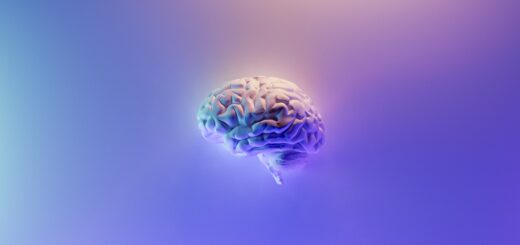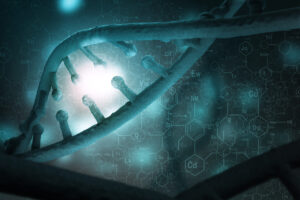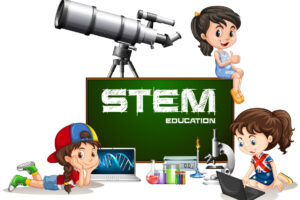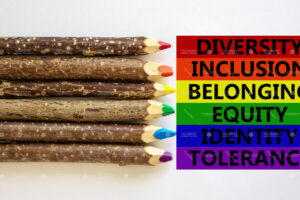Diversity and Equity – 2 Words Creating Havoc
Diversity and equity are two very simple words that should not create havoc in our society.
People should not be scared of two words. Least of all scientists and professionals in STEM who are supposed to deal with facts, with hypotheses proved by experiments.
Predictions or explanations need to be tested to be proved or disproved.
But the bias and prejudices towards LBGTQ and women in STEM are facts. Society has to address and solve them for its own benefit.
But what are diversity and equity?
According to the Merriam-Webster Dictionary, diversity is the condition of having or being composed of differing elements, and especially the inclusion of people of different races, cultures, etc. in a group or organization.
So far so good. Nothing scary. As scientists have estimated that there are 8.7 million species of plants and animals in existence, we can safely say that we do live in a very rich and diverse environment.
Our first conclusion should easily be that we are living in a planet where biodiversity rules! And guess what? We are part of it.
What about equity then?
Again, in Merriam-Webster Dictionary’s words equity is justice according to natural law or right and specifically, freedom from bias or favoritism.
This sounds pretty decent, doesn’t it?
Don’t we all want justice? Don’t we all become upset when witnessing bias, favoritism and injustice?
Our second conclusion must be that equity is something society should aim at with no exception.
We also need to be aware that equality and equity are not the same thing.
Equality means that each individual or group of people is given the same resources or opportunities. Equity recognizes that each person has different circumstances and gives the exact resources and opportunities needed to reach an equal outcome.
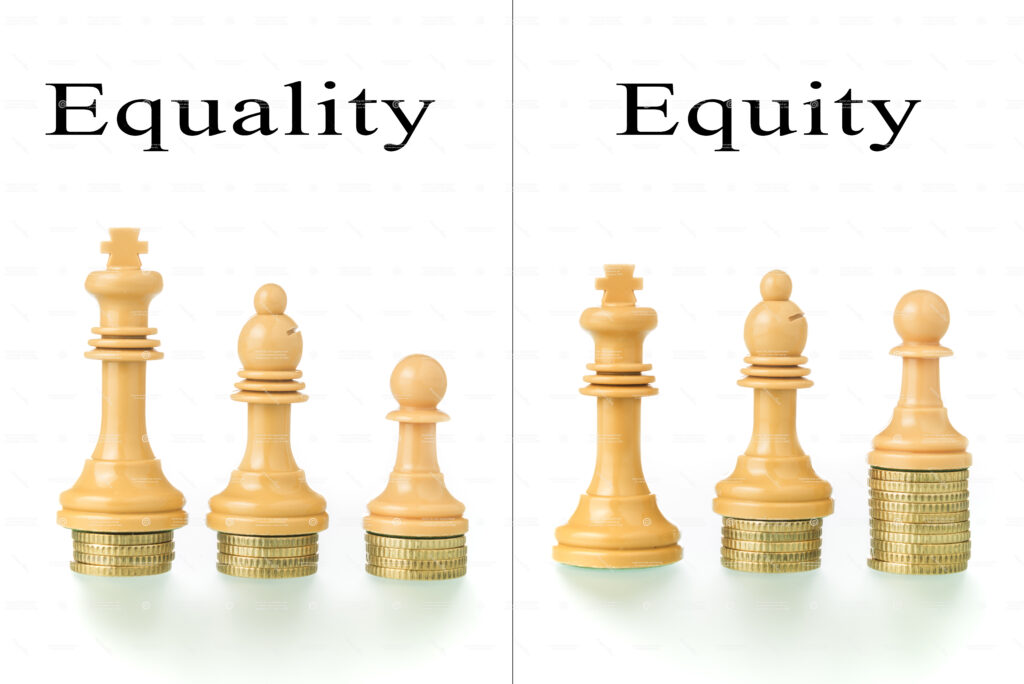
Diversity in STEM fields
When professionals in STEM fields talk about evaluations and assessments, it is amazing how almost all of them are always very proud to say that they only strive for merit and excellence. And experts’ credibility and contributions to the advancement of their fields are rooted in their STEM-based competence and not their social identity.
But is this really what is happening in reality?
Unfortunately, no! Not only women are suffering gender bias in STEM, but there are many studies now that prove that there are systematic inequalities and inequities also for LBGTQ professionals in STEM.
The issue with LBGTQ professionals is that it is still very difficult to collect sufficient data about work conditions and environments. Researchers still need to uncover the reality of LGBTQ treatments in many STEM workplaces.
It appears that LBGTQ people do not feel safe enough to openly talk about their work environment and how easy or difficult is for them to survive unscathed.
Another rather sad aspect is that research on STEM education has shown that LGBTQ students are experiencing the same exclusion and marginalization as the professionals. It looks like that prejudices towards people with different tastes are appearing already in school.
What difference does it make?
Why people’s personal interests and orientations should impact how good or bad they are in their profession and work environment or even school?
Should we even care about the sexual orientation of colleagues or friends ? It should not matter as long as people have respect, honesty, integrity and ethics in common.
The lack of tolerance towards differences it is not healthy! Shouldn’t be important to learn to cope with diversity, to accept it and to try to make as much advantage of it as humanly possible?
Apparently, it is more complicated than one might think!
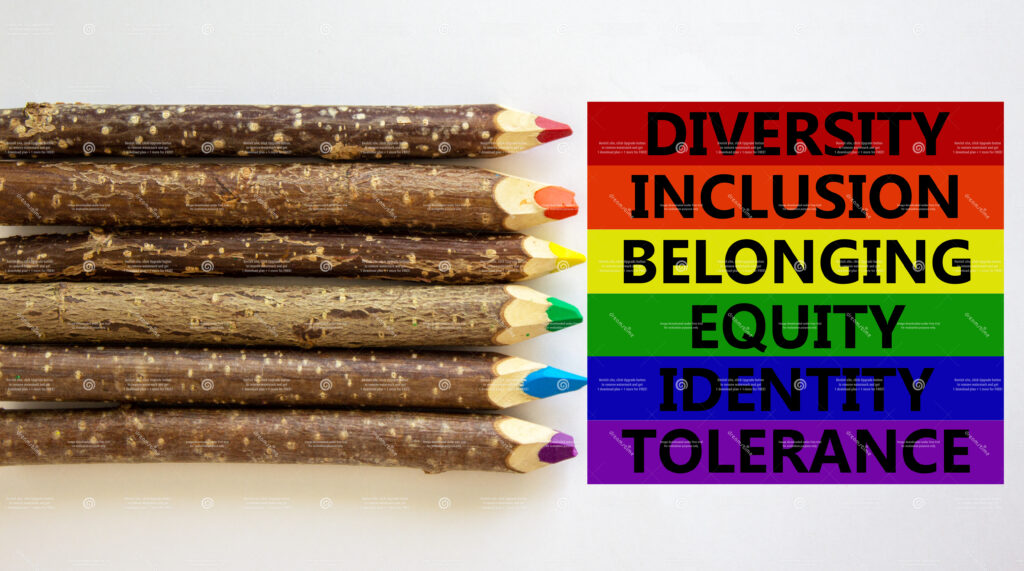
How about we drop diversity and pick up on equity?
Paloma Medina in her TEDx talk about let’s stop talking about diversity and start working towards equity says something worth mentioning and discuss about.
It seems that our brain doesn’t care for diversity. And this unconscious bias goes back to the time humans were living in the caves.
The cave people when running into someone who looked different were immediately defensive and concerned about their own food and survival.
Could it be that despite evolution some of these survival instincts are still ingrained in our brain?
Modern people have learned to cope with diversity, to deal with it and accept it. But deep down, we might still look suspiciously to anyone perceived as different from us because these old survival instincts simply resurface and kick in.
As disturbing as these thoughts might be, let’s not rush to conclusions yet.
Equity applied to monkeys too!
If the human brain is programmed to resist diversity, it is very prone to care about equity! Most of us react outrageously when experiencing inequity.
Even in the animal world, the reaction is not dissimilar. Medina tells us about the experiment with two monkeys. Two monkeys learned to do the same trick. In the first phase of the experiment, every time they did it right, they both received a piece of cucumber. And they were both happy.
Then in a second phase, while doing still the same trick, if they were both right, one got the piece of cucumber and the other one got grapes, a much more appreciated reward.
Researchers repeated the experiment long enough for the monkey who kept getting the cucumber to realize what was going on! At that point, the poor beast become outraged.
Equity is something we care about! If the monkey got upset about the unjust treatment, why should we human beings behave differently?
Is the human brain programmed to look for equity and justice?
We do not know yet for sure, but the fact is that people exposed to inequities and injustices for a long period of time go into stress, and might even end up in chronic stress, which has very health damaging consequences, lower life expectancy and early death.
How damaging is our society for LGBTQ professionals in STEM?
Women are already sinking under explicit and implicit gender bias, but they are not alone. LGBTQ professionals do not score better.
When we look at the research available on this matter, the picture depicted is rather sad!
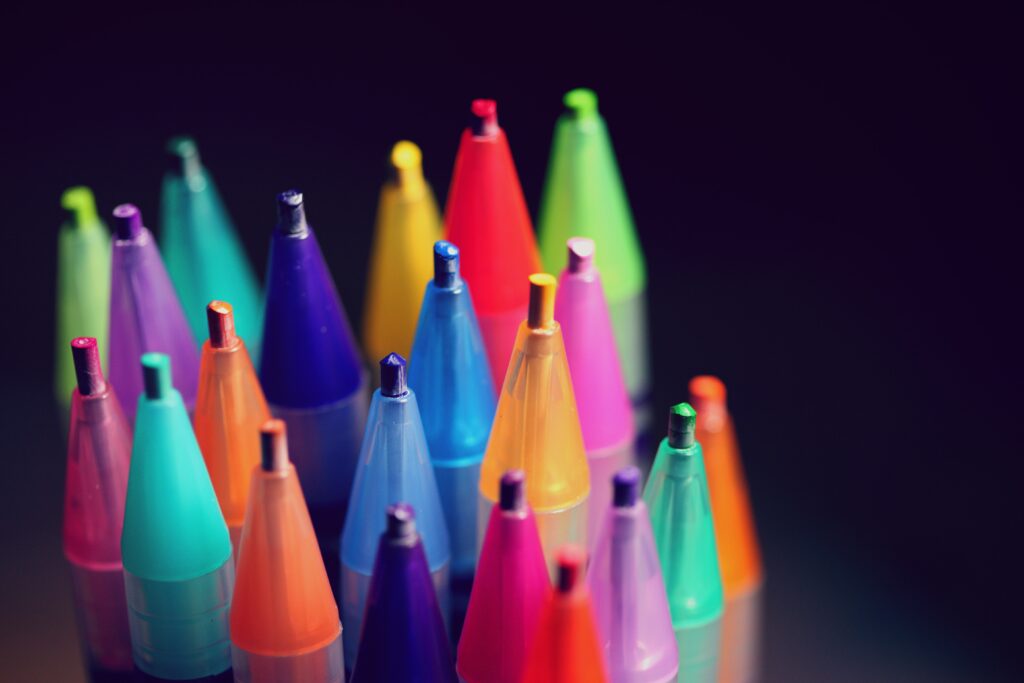
Let’s summarize some of the inequities that LGBTQ professionals are facing in their work environment:
#1 They are often marginalized and harassed at their workplaces. But they are also more unwilling to openly report about it.
#2 They report limited career opportunities, most of the times non-LGBTQ colleagues appear to be the favored choice.
#3 Their professional expertise is constantly devalued by their colleagues.
The consequence of all this is that LGBTQ people, brave enough to participate in these kinds of studies, also reported to experience health issues. And in the end, many of them leave their STEM careers to attempt to live a more balanced and healthy work life.
To be fair, this is not only a problem afflicting the STEM fields, this is a problem of modern society.
The lack of serious laws that prevent all this to happens does not help. And even in countries were laws actually exist, they are certainly not always or ever enforced.
We must address anti-LGBTQ sentiments and behaviors! But not by creating diversity committees, but by actually treating all professionals equally.
People must be valued for their merit, competence and expertise. Who the heck cares what they do in their private life?
Being different does not equate to be a criminal who needs to be locked up as a threat for the safety of people.
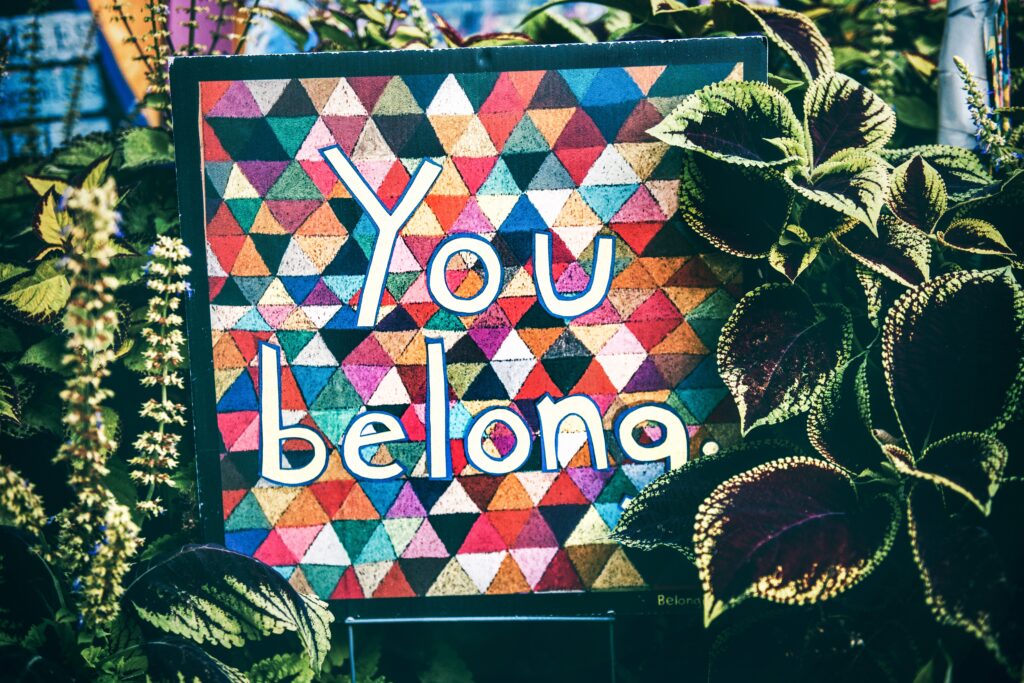
What can we do the create an equitable world?
It is always nice and well to report about studies and analysis carried out worldwide and discuss about those.
But the real question is what can we do to change the current situation? How can we make the world a better place for us all?
It isn’t easy, but we have to try.
We need to achieve gender balance across management globally, not only in STEM.
We need to create role models who disprove implicit and explicit bias. And this applies for women and for other under-represented groups, like people with disabilities, those from LGBTQAI+ communities and from under-represented racial and ethnic groups.
No matter what our role in society is whether we are leaders or not, we need to be the first ones to learn and demonstrate what equity, diversity and inclusion should look like. To educate our children and to make sure that we give them role models and examples to follow.
We need to be able to openly discuss bias that contribute to segregation and discrimination, to speak up and express our concerns when witnessing inequities!
We must be aware of our own bias and make sure that we do not act upon them.
It would be wonderful if in schools our educators teach about equity, equality, diversity and inclusion. Perhaps some people give these values for granted. Alas they are not.
Children and students in schools need to be aware of behaviors that are not inclusive, that create marginalization and segregation! And this can only happen with proper education and information.
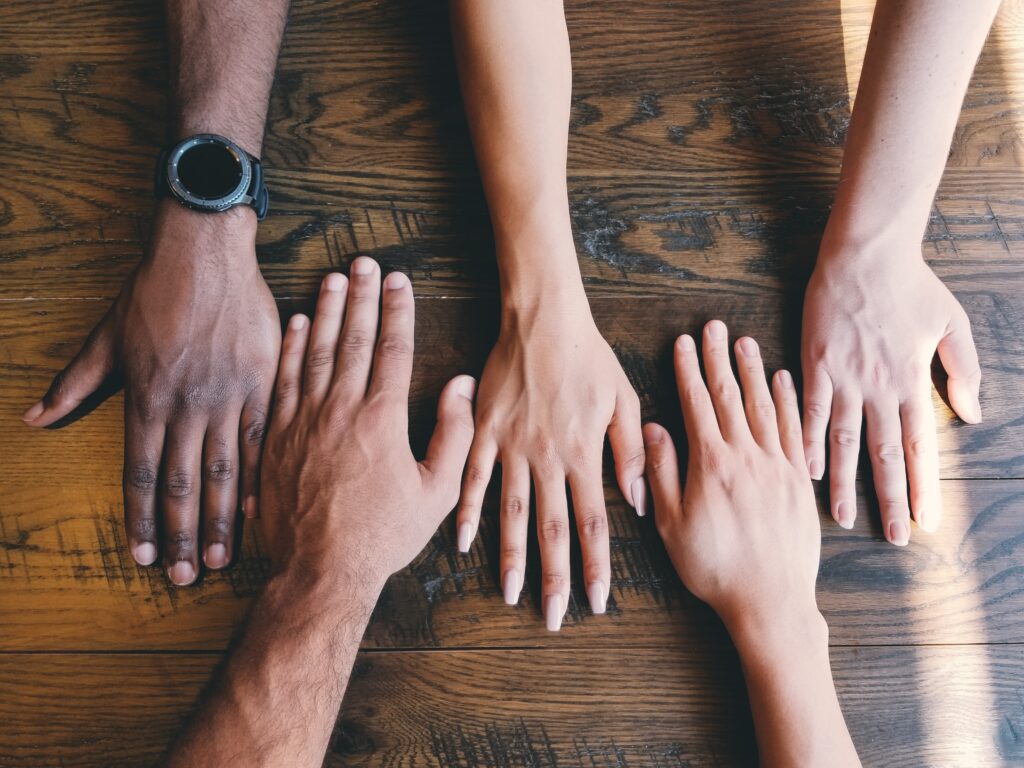
The beauty of science
One of the beauties of science is that it has no borders. There is no American science versus European or Asian science.
All scientific achievements are more often than not the outcome of strong international collaborations.
If scientists can overcome national and political borders for the progress of science, why are some of them are so prone on marginalization and inequity for LGBTQ and women?
We need to be aware of these behaviors and raise our voices against injustice and expect equity, inclusion and equality!
Don’t you think that to create a better world we need to walk the talk and be part of the change?
